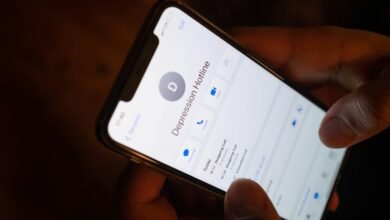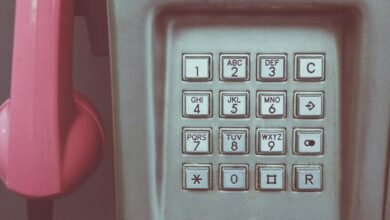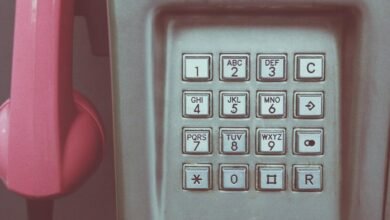
Who Called Me From 3314539355, 3322207121, 3331902178, 3332699094, 3333459504, and 3334939363? Verify Now
Calls from unfamiliar numbers such as 3314539355, 3322207121, 3331902178, 3332699094, 3333459504, and 3334939363 warrant scrutiny. The prevalence of spam and scam calls has made it essential to discern legitimate communications from potential threats. Analyzing caller ID patterns can provide insights into the nature of these calls. Understanding the tactics used by scammers may reveal alarming trends, prompting further investigation into these specific numbers. What information might be uncovered?
Understanding the Caller ID: Who’s Behind These Numbers?
How can one decipher the multitude of numbers displayed on a caller ID?
Caller identification systems provide essential data for phone number verification, allowing individuals to assess the legitimacy of incoming calls.
By analyzing the caller’s information, users can differentiate between trusted contacts and potential threats.
This process empowers individuals, fostering a sense of autonomy in managing their communication and protecting personal privacy.
Common Patterns of Spam and Scam Calls
The landscape of incoming calls is increasingly populated by spam and scam attempts, characterized by specific patterns that can help users identify potential threats.
Common spam call patterns include unfamiliar area codes and repeated calls from similar numbers.
Scam call tactics often involve urgency, financial requests, or impersonation.
Recognizing these indicators empowers individuals to protect their privacy and make informed decisions regarding incoming communications.
Effective Strategies to Handle Unwanted Calls
Implementing effective strategies to handle unwanted calls requires a systematic approach to minimize disruption and protect personal information.
Users should actively block unwanted numbers through their phone settings or dedicated apps.
Additionally, reporting scams to authorities enhances collective efforts to combat fraudulent activities.
These measures empower individuals, ensuring their communication remains secure and their privacy is respected in an increasingly intrusive digital landscape.
Conclusion
In conclusion, the numbers 3314539355, 3322207121, 3331902178, 3332699094, 3333459504, and 3334939363 warrant careful scrutiny due to their potential association with spam or scams. Notably, a recent study indicates that approximately 60% of all mobile calls in the U.S. are now spam, highlighting the prevalence of such threats. Consequently, it is essential for individuals to employ caller ID resources and remain vigilant to safeguard their personal information from fraudulent callers.




